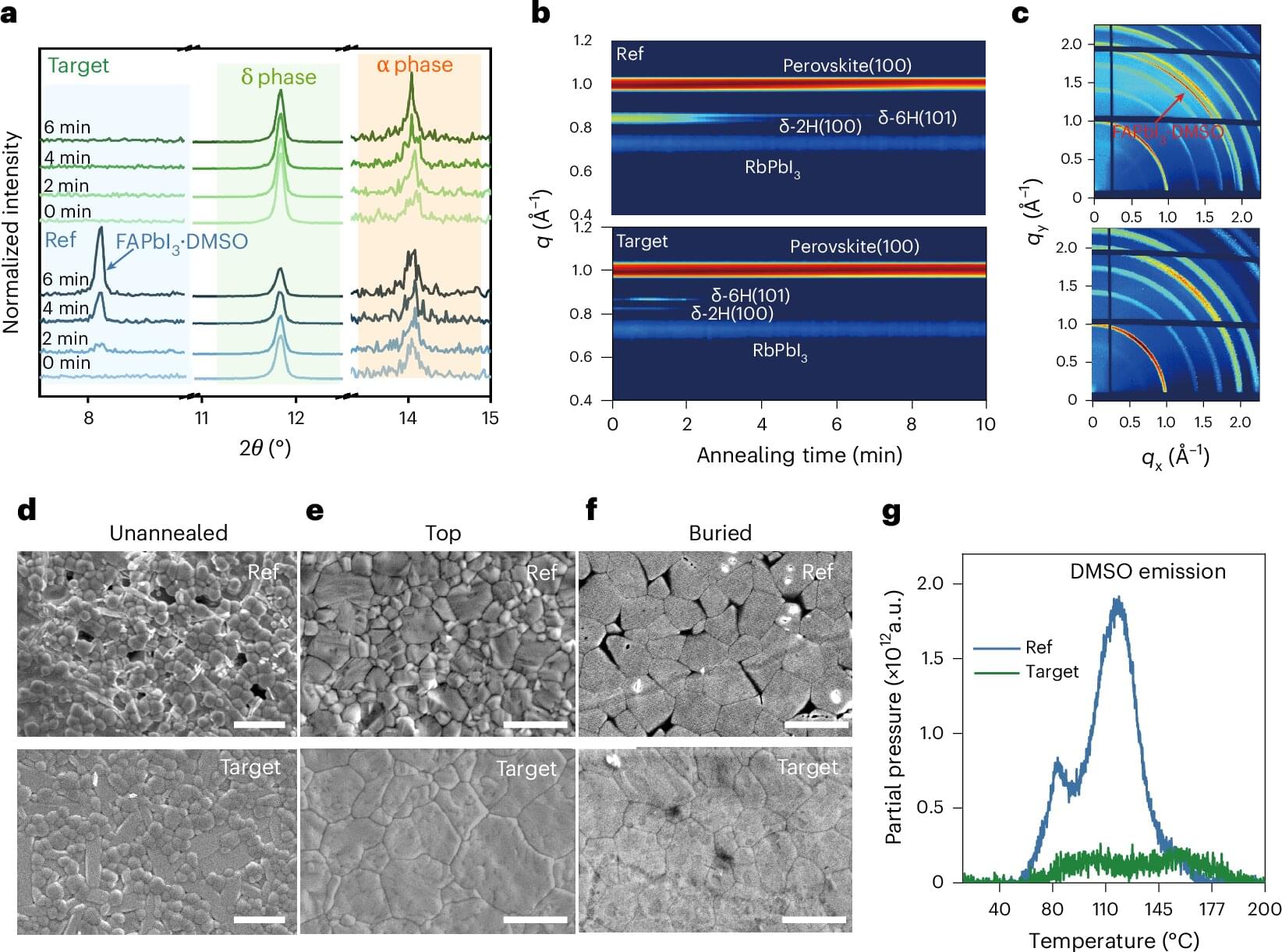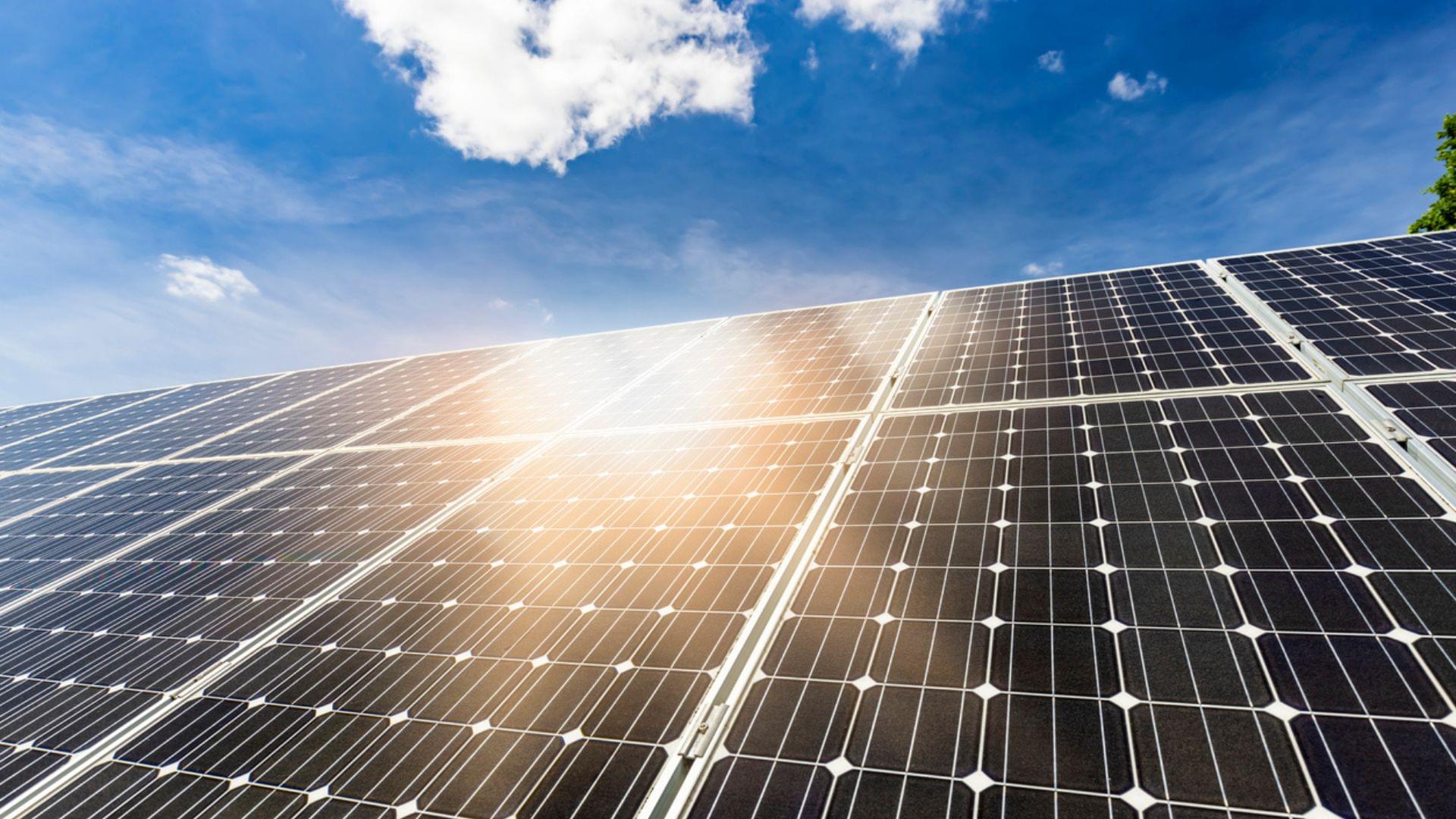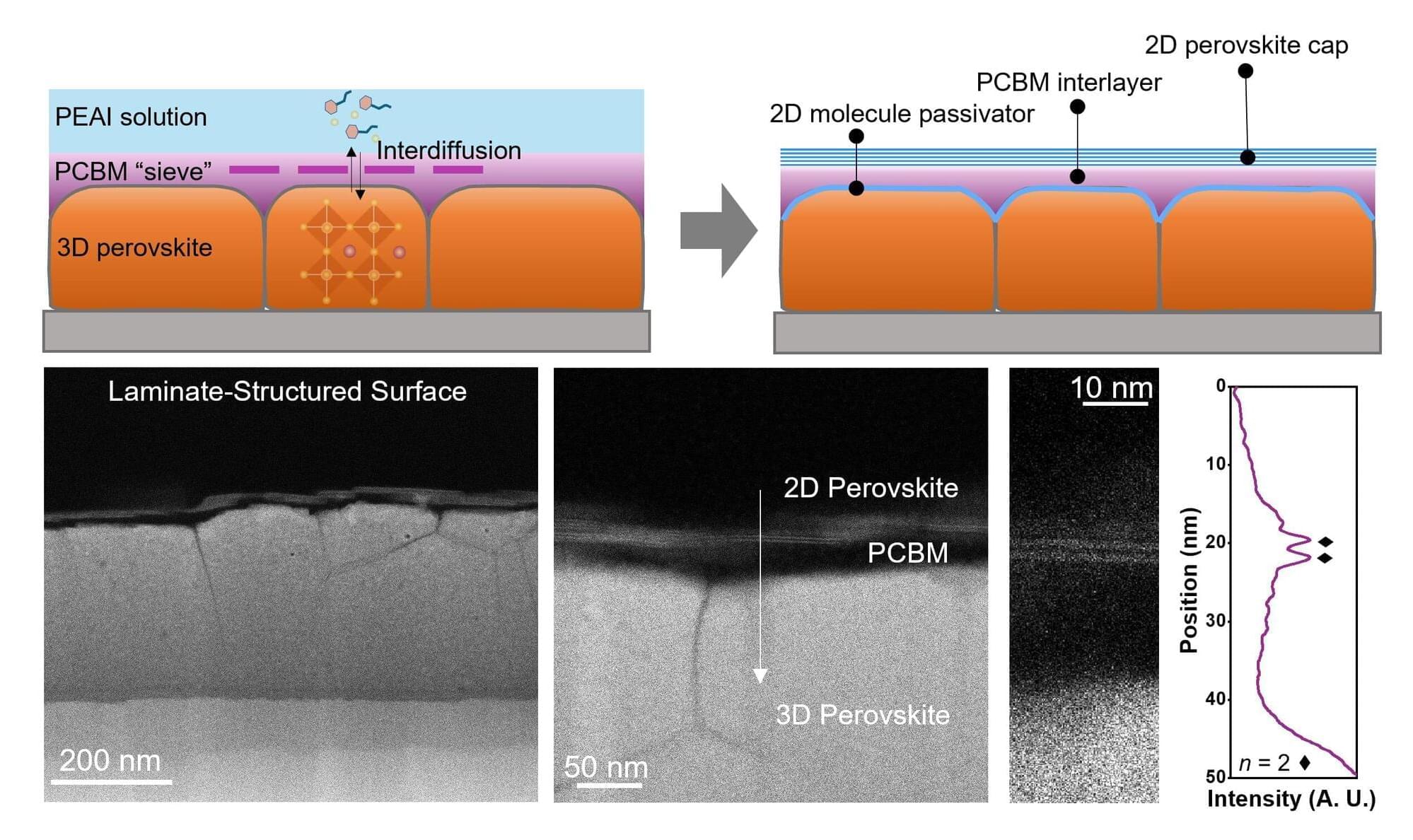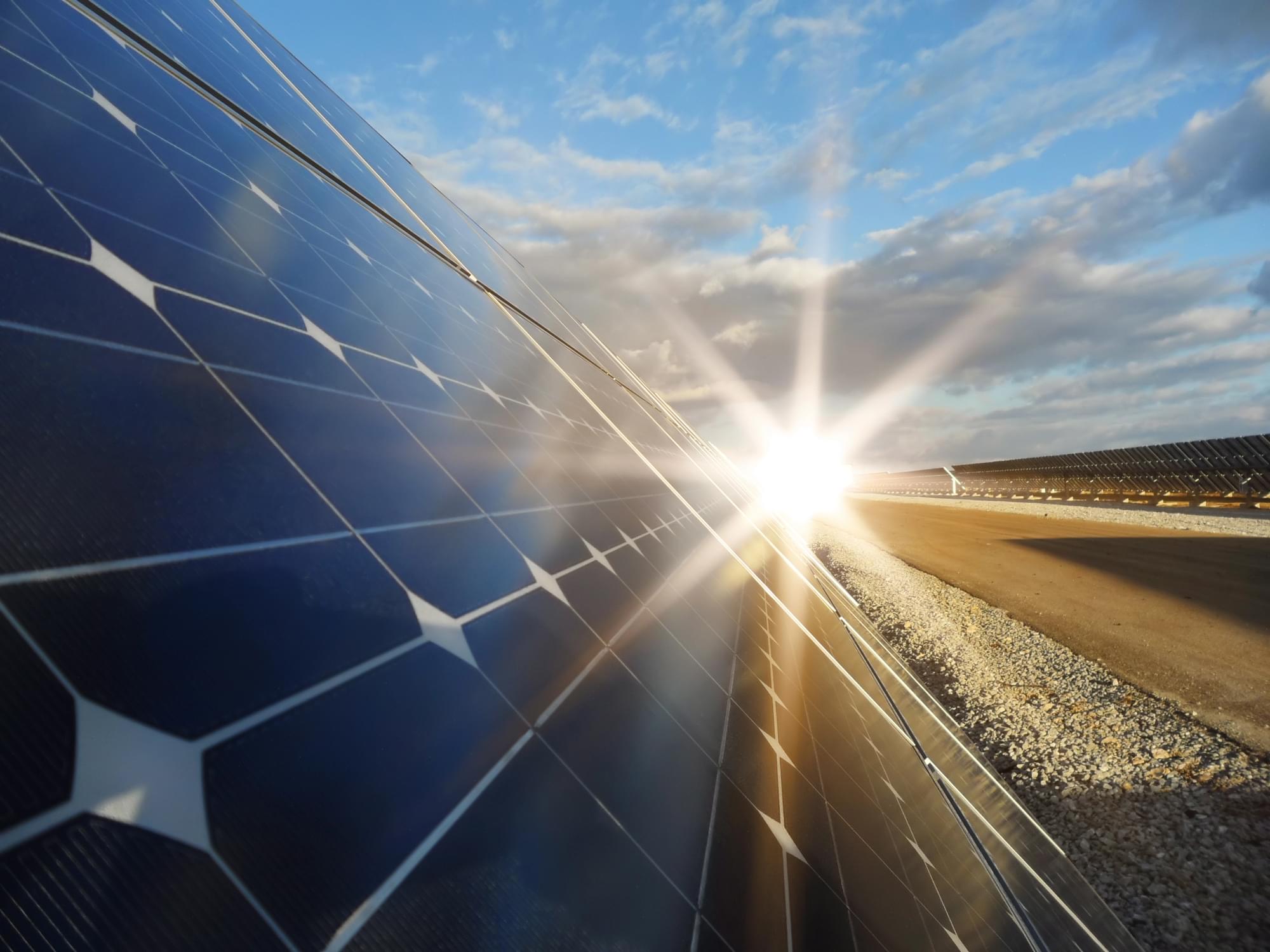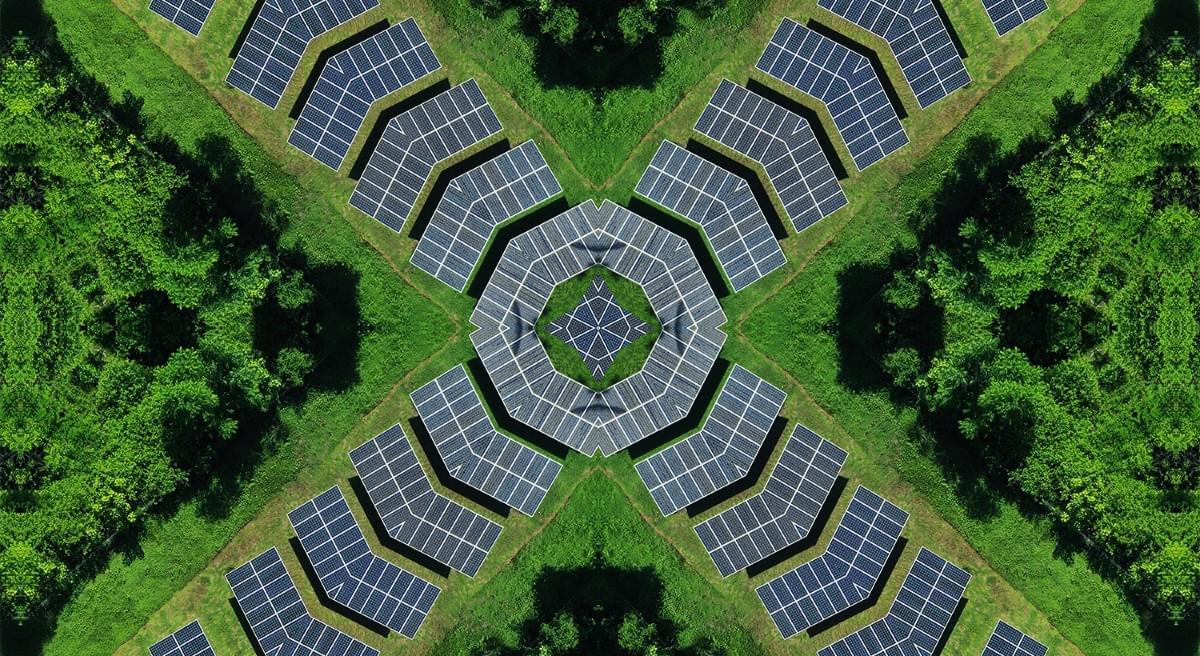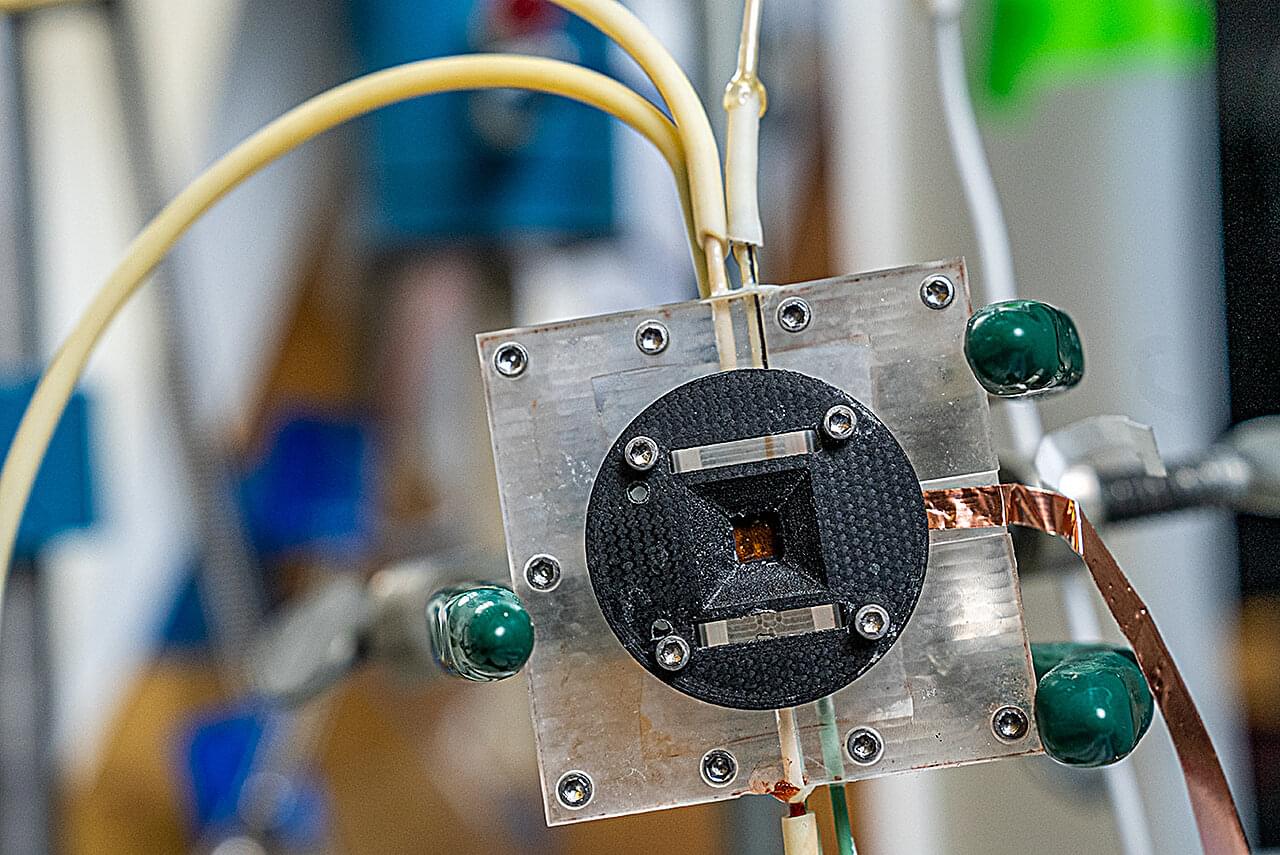Solar cells based on perovskites, materials with a characteristic crystal structure first unveiled in the mineral calcium titanate (CaTiO3), have emerged as a promising alternative to conventional silicon-based photovoltaics. A key advantage of these materials is that they could yield high power conversion efficiencies (PCEs), yet their production costs could be lower.
Perovskite films can exist in different structural forms, also referred to as phases. One is the so-called α-phase (i.e., a photoactive black phase), which is the most desirable phase for the efficient absorption of light and the transport of charge carriers. The δ-phase, on the other hand, is an intermediate phase characterized by a different atom arrangement and reduced photoactivity.
Researchers at the University of Toledo, Northwestern University, Cornell University and other institutes recently introduced a new strategy to control the crystallization process in perovskite-based solar cells, stabilizing the δ-phase while facilitating their transition to the α-phase. Their proposed approach, outlined in a paper in Nature Energy, enables the formation of Lewis bases on perovskites on demand to optimize crystallization, which can enhance the efficiency and stability of solar cells.
